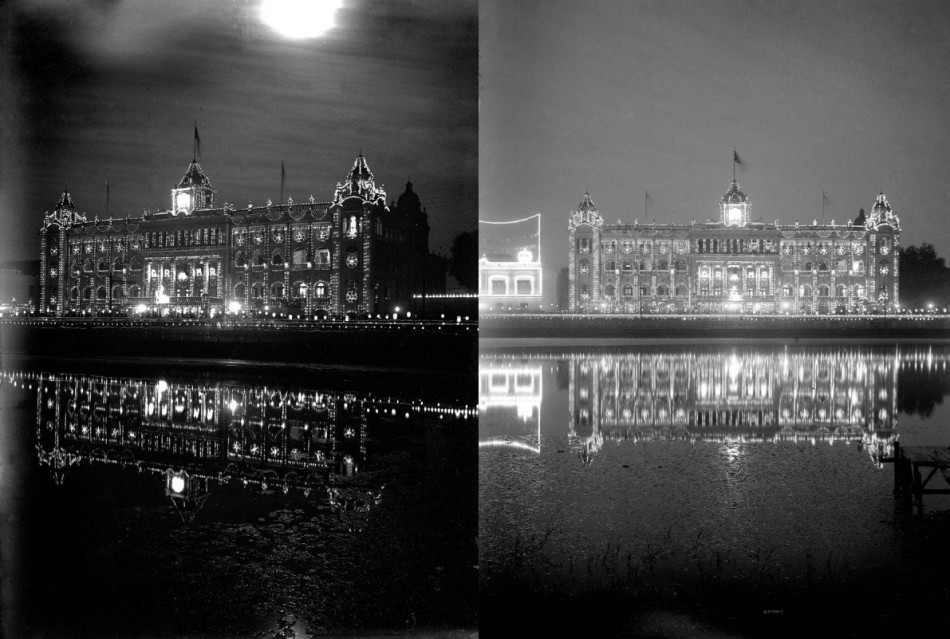Rare 100-Year-Old Photos of India from the British Raj Era, Part Two [PHOTOS]
This is the final part of a two-part series about a collection of 178 photographs of India from the British Raj has been discovered in the archives of the Royal Commission on the Ancient and Historical Monuments of Scotland (RCAHMS).
The negatives, believed to be dating back to 1912, were found in a fragile condition in a shoebox and were wrapped in copies of the Statesman newspaper dating from 1914, the RCAHMS said in a statement. The authorities also added it was unusual to find such photographs and indeed were unsure as to how the negatives came to be in their collection.
"It's fantastic that a small shoe-box contained such a treasure-trove of photographic imagery, but in some ways it's not unusual. Our experience as an archive has shown us that some of the most interesting discoveries can be made in the most unlikely of places," RCAHMS architectural historian Clare Sorensen said.
These black and white photographs capture the essence of life in India during the British Raj about a century ago. The collection, called Indian Glass Plates, highlights some of the religious ceremonies and also has photos from the celebrations of the visit of King George V and Queen Mary to the city of Calcutta (now called Kolkata), the capital of the eastern Indian state of West Bengal, in 1912, when all the monuments in the city were lit up during the night. King George V's visit was the only visit by a British monarch to India as Emperor of the subcontinent.
The images also showcase some of the more picturesque locations in India, such as the Sundarban mangrove forest and the Hooghly River. While the actual location of most of the images remains a mystery, many of them were taken in Kolkata and at the Sun and Jagannath Temples, which are Hindu shrines in the eastern Indian state of Orissa.
In addition, while research into identifying the photographer is ongoing, RCAHMS said the negatives might have been sent from India.
"As the negatives were still wrapped in newspapers from 1914, it is possible that they were transported back to Britain from India at this time, and have remained unopened until now," the organisation explained.
Meanwhile, all the images have been printed and paint a rare picture of the British Raj as not seen before.
Check out images from the Indian Glass Plates exhibition below and click here for IBTimes UK's report on other photographs from the collection...




















© Copyright IBTimes 2024. All rights reserved.







